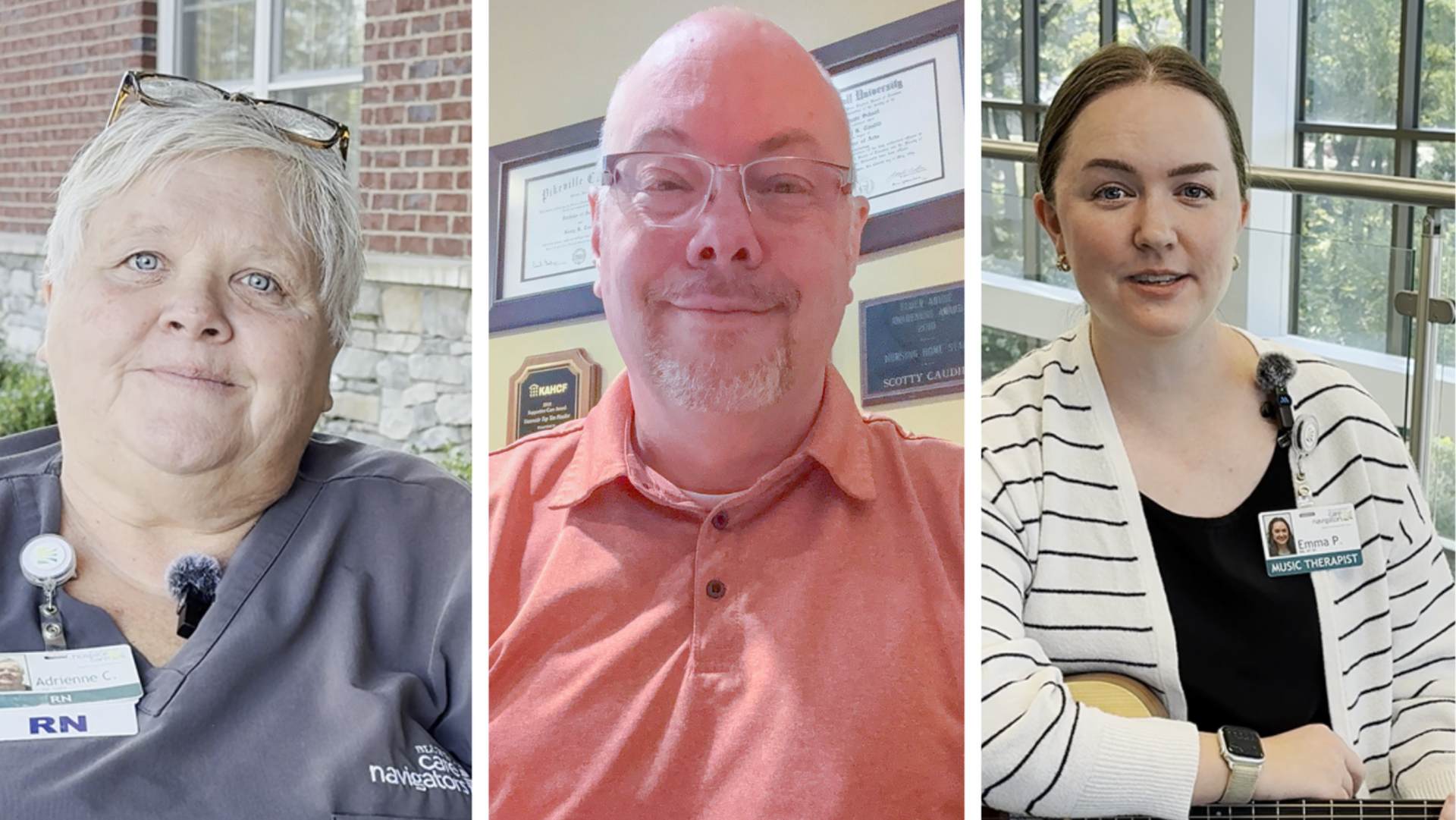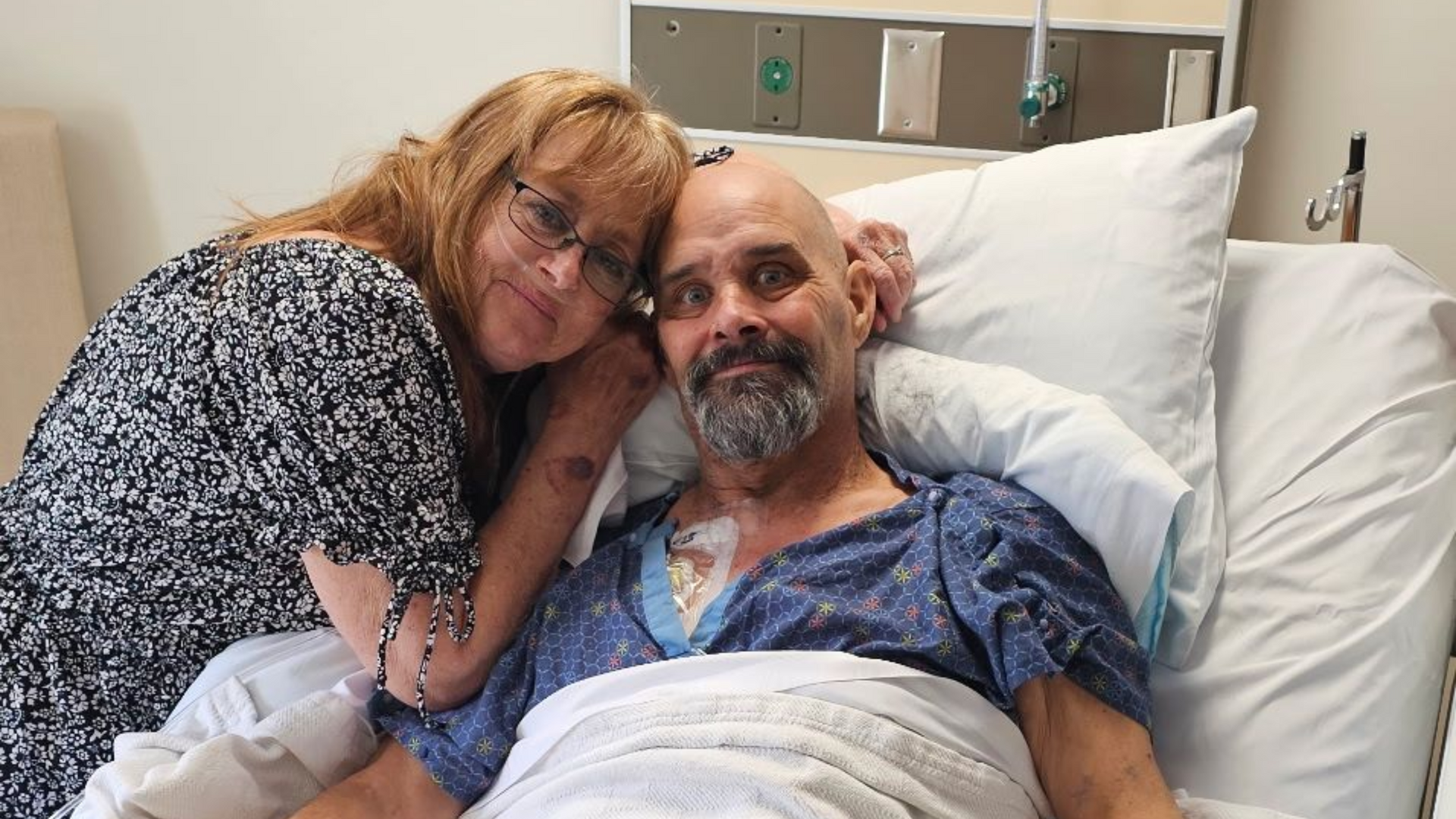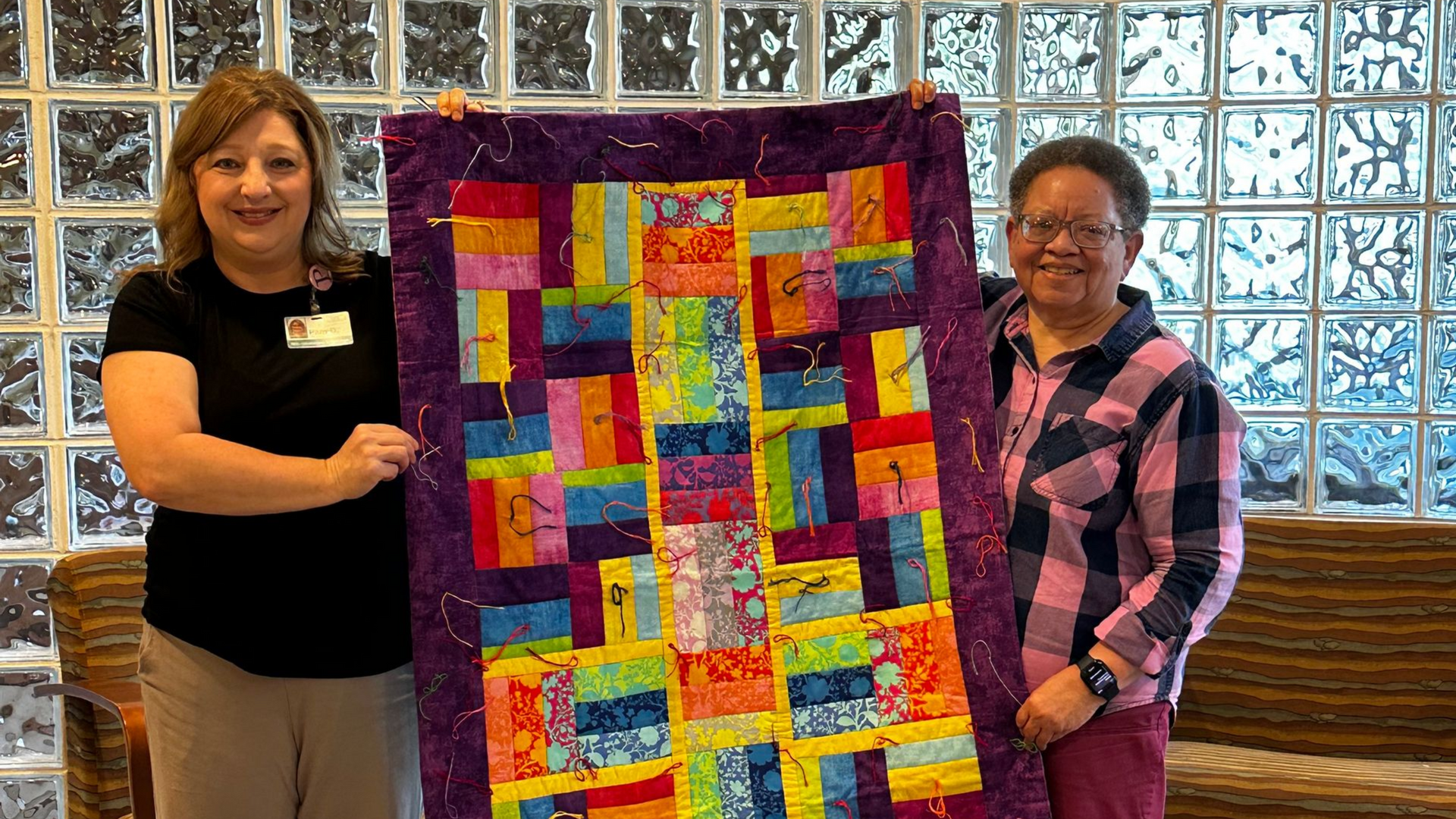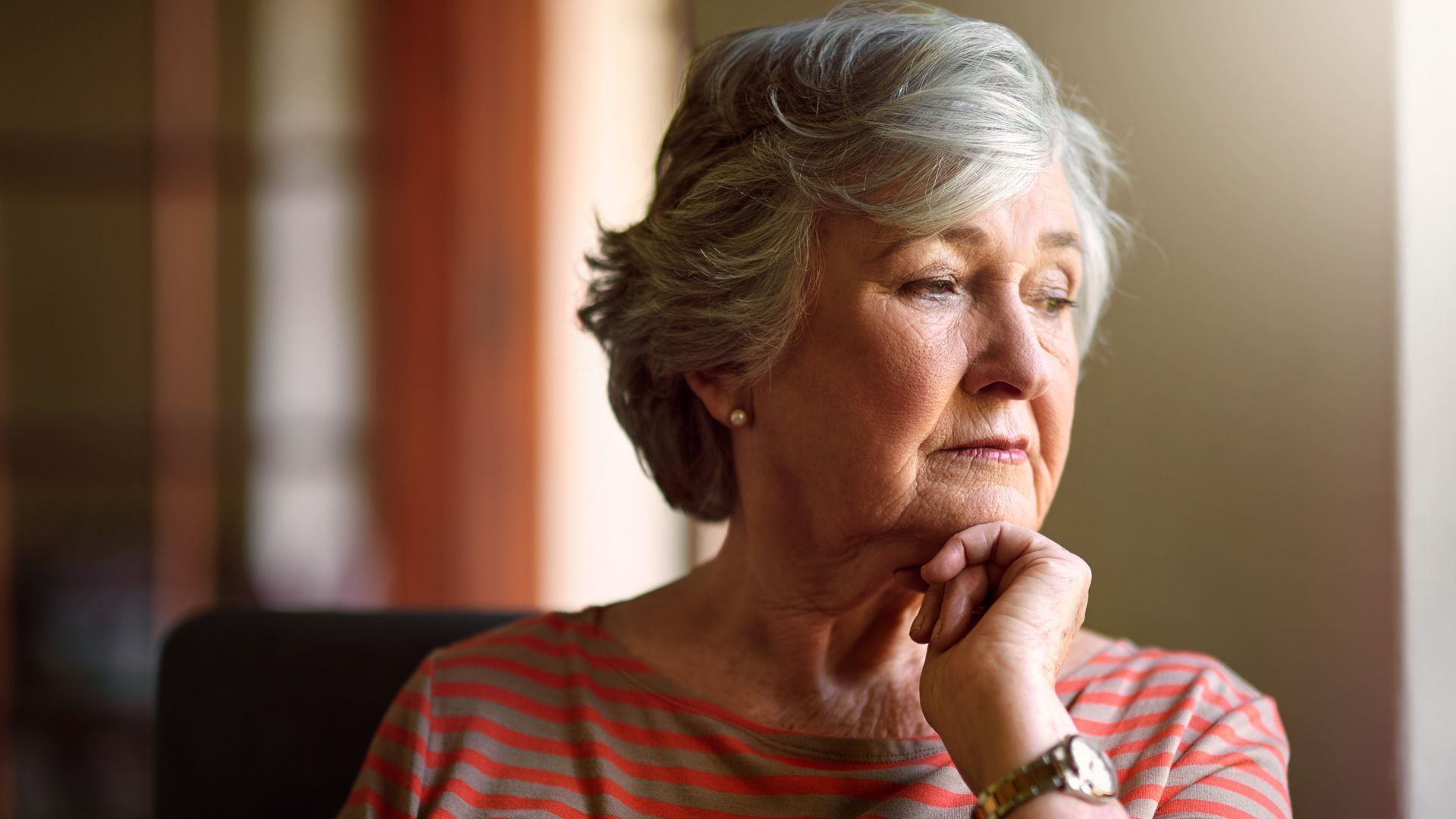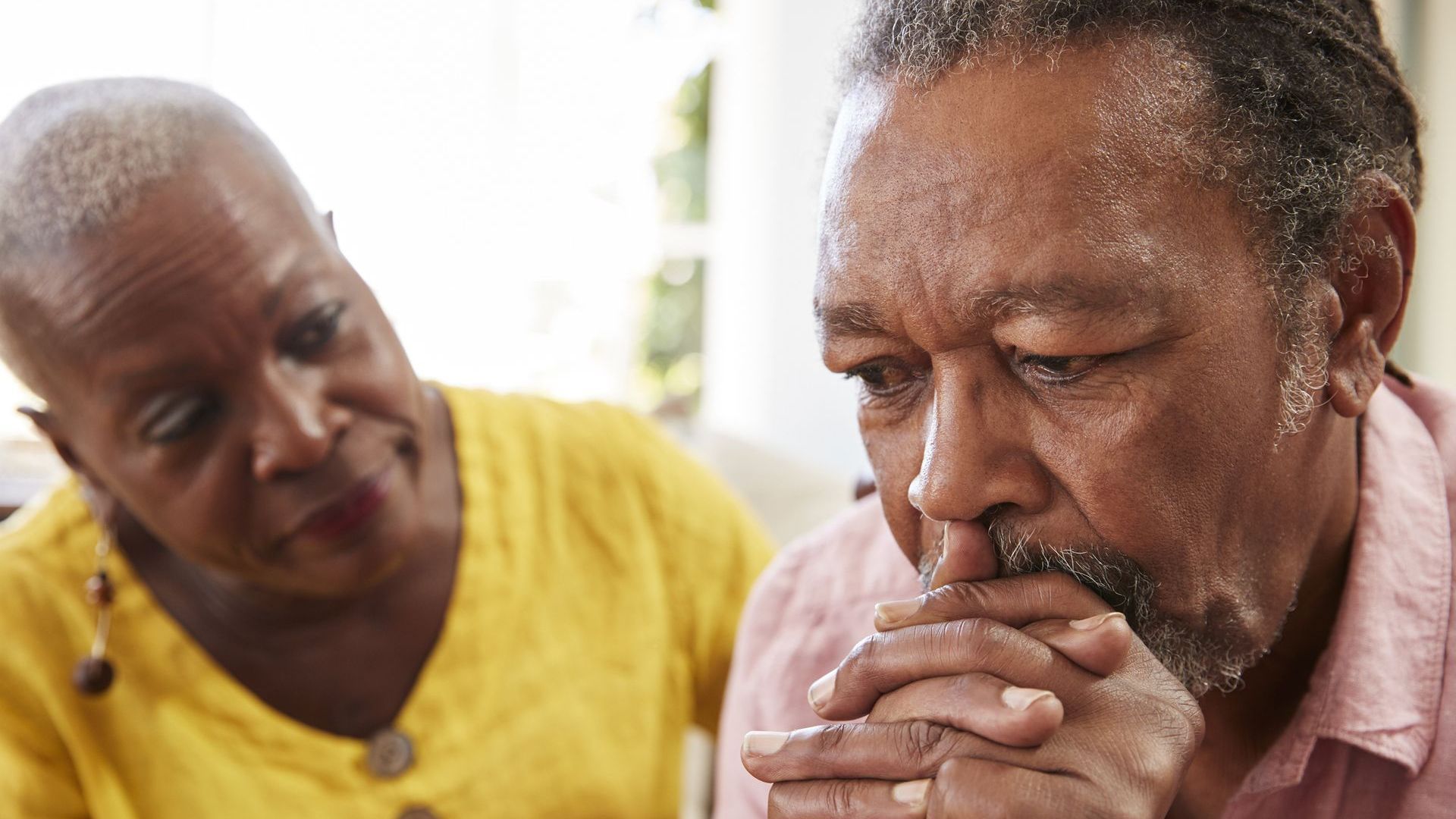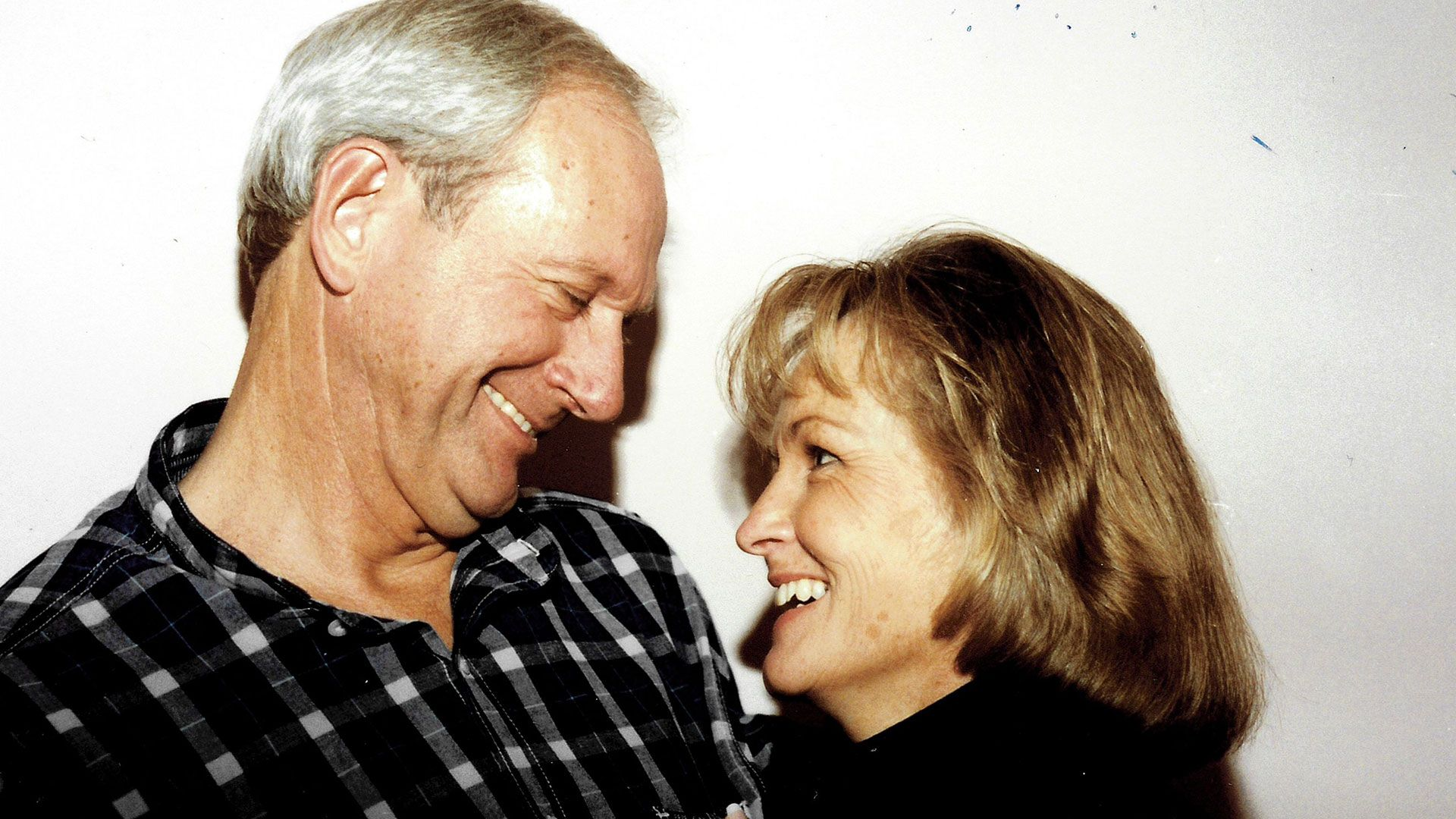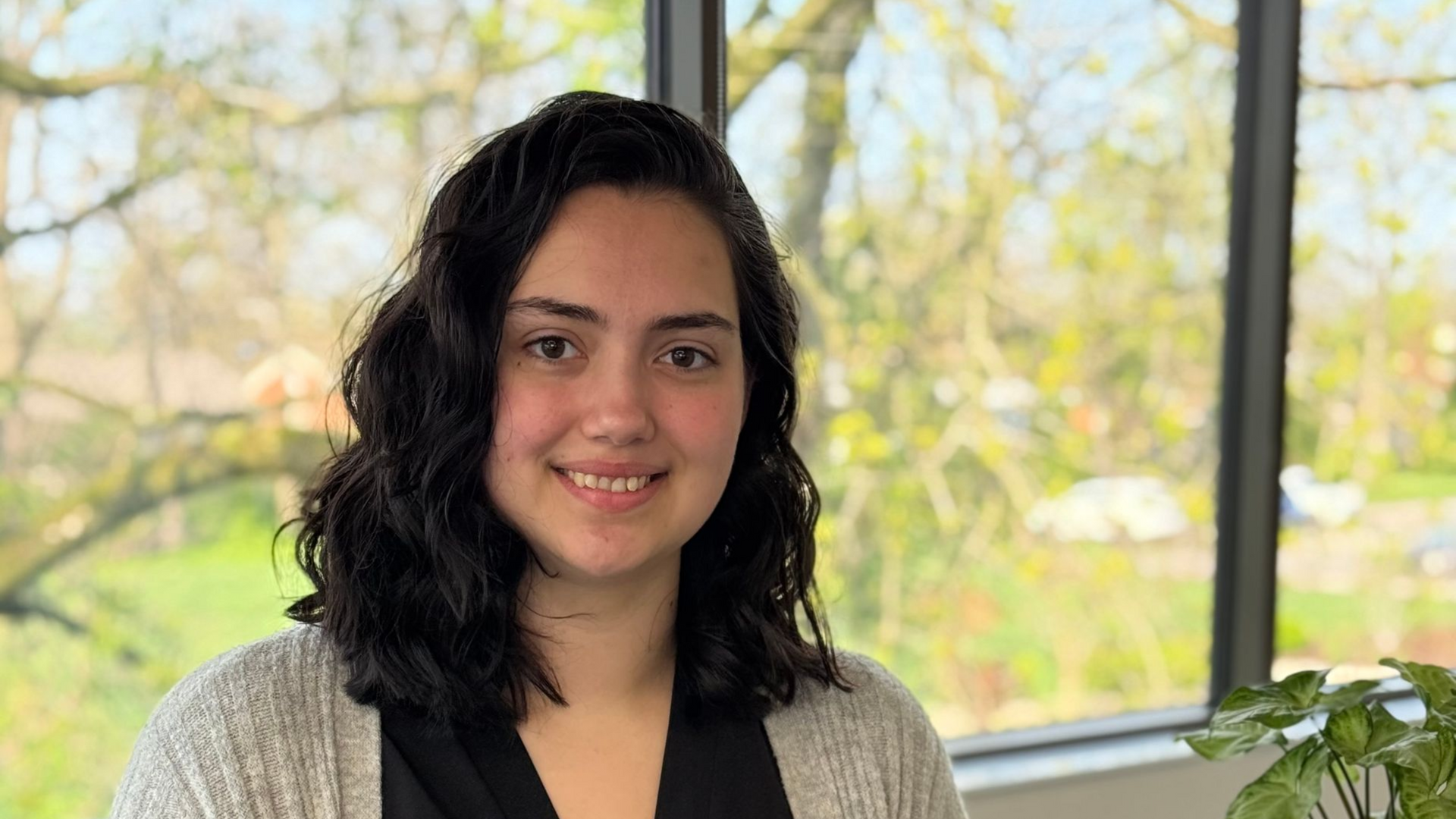Seeing through the Pain
Art therapy helps patients and families share feelings and connections.
While my experience working in hospice care frequently addresses physical symptoms and legacy-making needs for our patients and families, art therapy is primarily a mental health profession. An art therapist’s goal is to use active artmaking, creative process, psychological theory and human experience within a psychotherapeutic relationship to enrich lives and build coping skills for our clients.
A recent referral from Northern Kentucky provided an opportunity to see the ways that these two areas of art therapy can blend seamlessly to address patient care goals. The patient was referred by the team with a goal of legacy making for her young grandchild. During the art therapy assessment, I asked about this goal, but the patient spent much of the visit sharing her struggle with transitioning to hospice care after an active life. She described depression and pain that made it difficult to interact with her family. We decided to continue art therapy visits with goals of symptom management and emotional expression before addressing legacy making.
When I arrived for my next visit, the patient’s daughter-in-law joined us at the table. The art invitation was to trace their hands on the page and to use the art materials to depict things they had touched or been touched by. The instructions included the use of their non-dominant hands. This practice requires participants to use both sides of the brain, which often elicits surprising feedback. As the women worked side by side, they talked about their shared experiences, with the daughter-in-law expressing gratitude for the ways she had been nurtured by the patient. The patient’s art image was striking. She had worked to identify people and experiences that had touched her during her life, but they were hidden behind long lines radiating through the traced hands. She was tearful as she explained that the lines depicted her pain and was stunned when I verbalized her experience of not being able to see the things she loved because it was hard to look through the pain. She cried as she processed this simple observation. We talked about advocating with her care team to manage symptoms and about techniques such as mindfulness that might allow her moments of connection. She asked if our next session could be scheduled so that her husband could participate, hoping that they might both be able to share feelings and connections through art.
I look forward to continuing to work with this patient and family. While I hope that we will create a piece of legacy artwork, I feel that the true legacy will be supporting the strong and loving relationships in the family by offering her moments to “see through the pain.”
